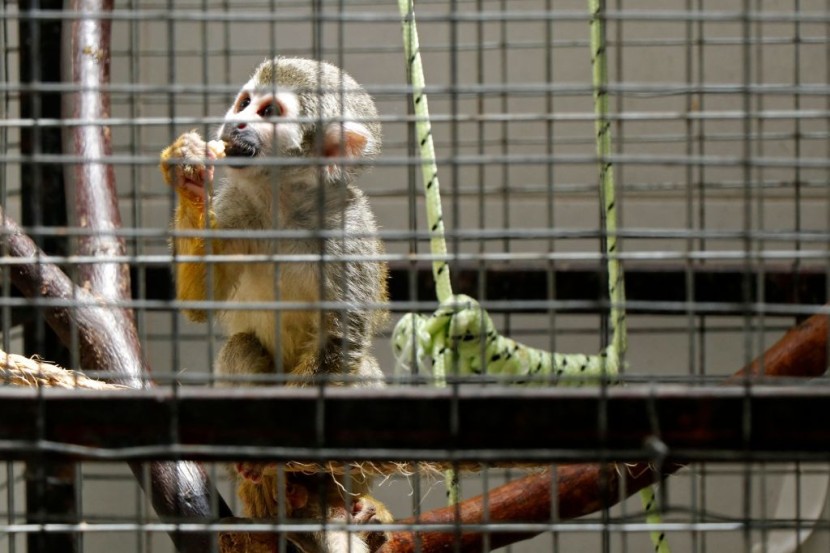Scientists successfully facilitated the birth of a hybrid baby monkey with two sets of DNA that sports unique features, including glowing fingertips and green eyes.
The latest scientific marvel was achieved by injecting a monkey embryo with stem cells from a genetically distinct donor embryo. This resulted in an animal that is considered to be the first live-born chimeric primate to have a high proportion of cells originating from donor stem cells.
Chimeric Monkey

The finding opens new opportunities to use chimeric monkeys, which are more biologically similar to humans than chimeric rats and mice, in studying human diseases and developing treatments.
The researchers involved in the study noted that the money chimera had to be euthanized when it was only 10 days old because of hypothermia and breathing difficulties. The development highlights the need for further optimization of the approach and raising ethical concerns.
For a long time, scientists have sought to make animal chimeras using embryonic stem cells that are derived from an embryo's inner region and are capable of developing into a wide variety of tissues, as per Nature.
These types of stem cells can be genetically edited before being added to a recipient embryo. As an example, stem cells that carry genetic mutations that have been linked to a particular disease could be added to embryos without those mutations. This would allow scientists to further study how cells that carry mutations affect physiology and health.
During previous experiments with chimeric monkeys, only 0.1% to 4.5% of the cells in organs such as the brain, kidney, and lungs were derived from donor stem cells. Due to the contribution being relatively small, these chimeras were unsuitable as models for human disease.
A co-author of the study, Miguel Esteban, a stem-cell biologist at the University of Chinese Academy of Sciences in Guangzhou, said that he and his colleagues created recipient embryos by collecting eggs from female cynomolgus monkeys. This was all part of their efforts to produce a chimera with a larger contribution.
New Opportunities for Scientific Research
The proof-of-concept study that detailed the research noted that the monkey was "substantially chimeric." The animal contained a varying but relatively high ratio of cells that grew out of the stem cells throughout its body, according to CNN.
Esteban noted the encouraging results of the research, saying that it suggests it is an approach that would be valuable for modeling neurodegenerative diseases. He added that chimeric monkeys also have potential enormous value for species conservation if they could be achieved between two types of non-human primate species.
Chimeras are a type of single organism that is composed of the cells of more than one genetically distinct individual. While the word itself is often considered to be mythological, these creatures actually exist in nature.
Examples of these are sponges and ants and plant grafting is an instance of human-induced chimerism among living organisms. Scientists have previously induced chimerism in rat and mouse embryos who were born with a high proportion of cells derived from genetically distinct individuals through the genetic manipulation of stem cells, said Cosmos Magazine.
Related Article : New York Surgeons Execute World's First Human Eye Transplant
© 2026 HNGN, All rights reserved. Do not reproduce without permission.







